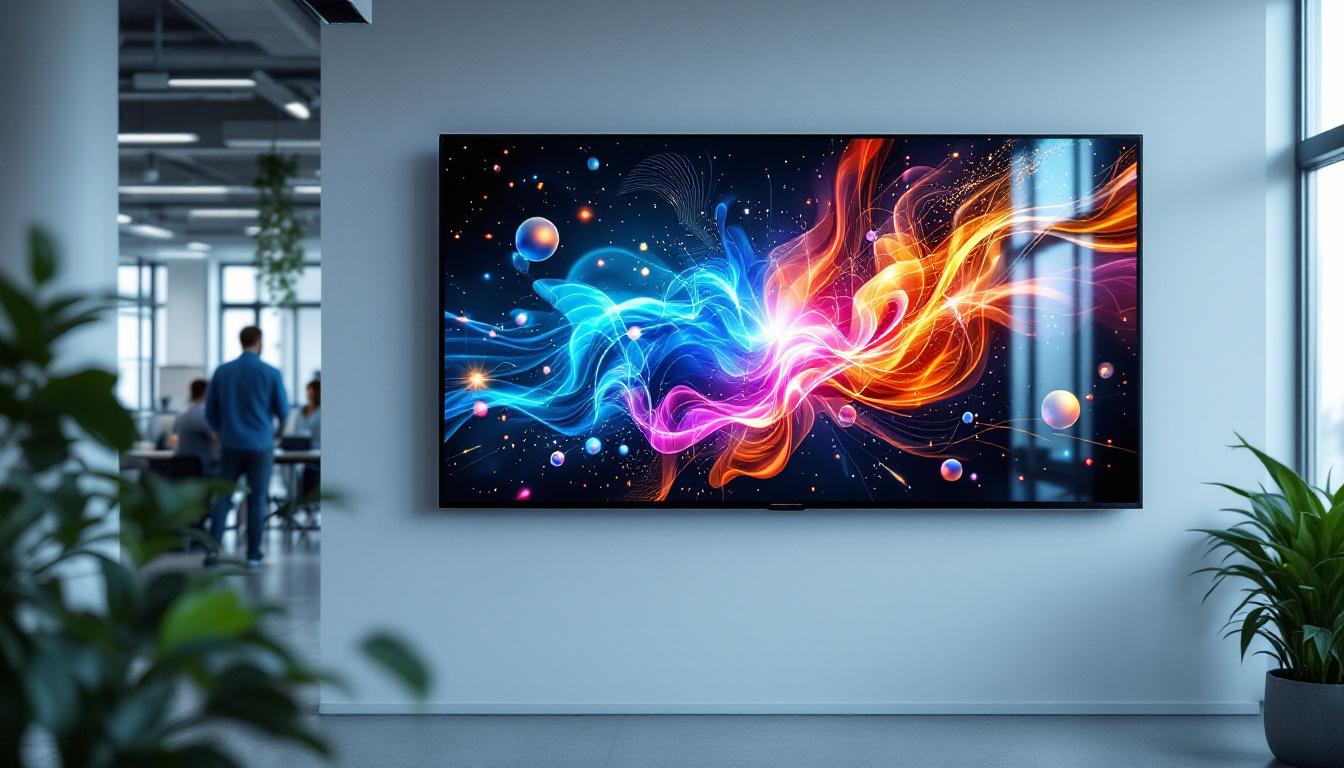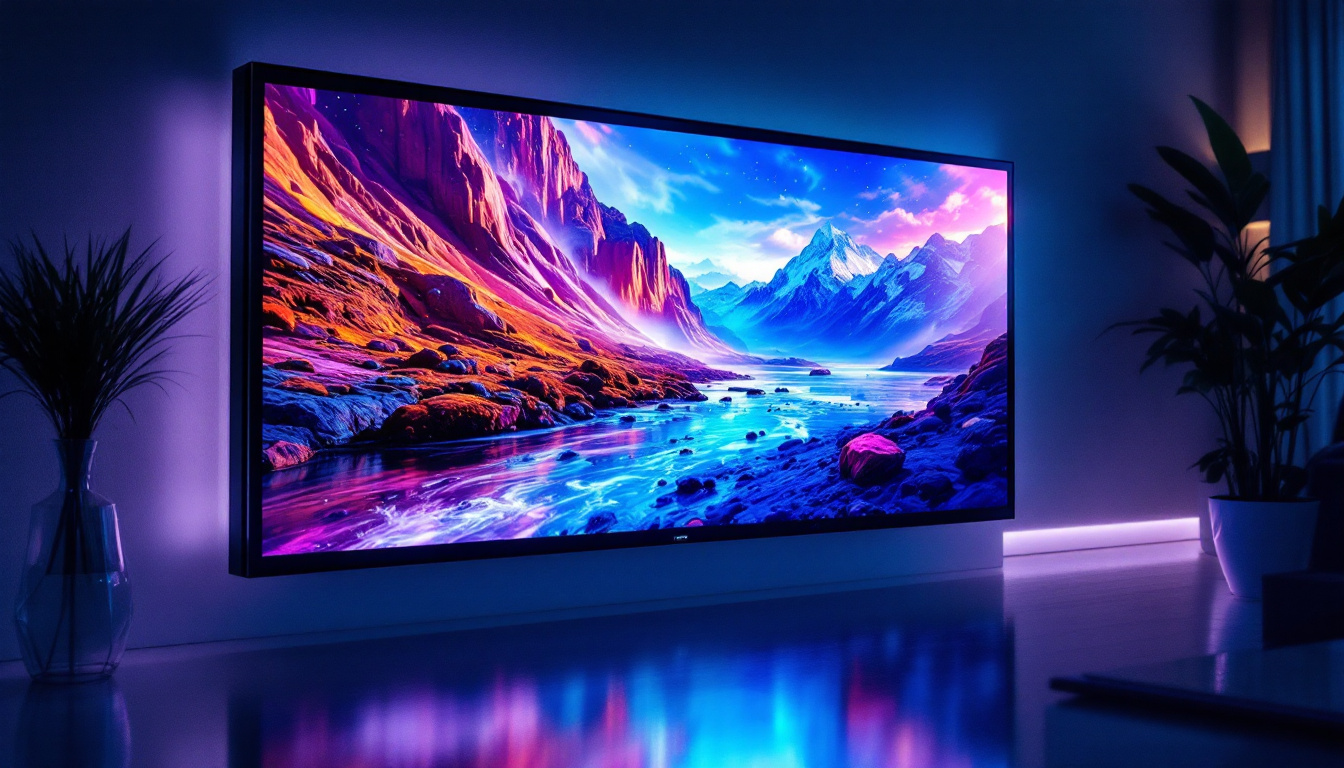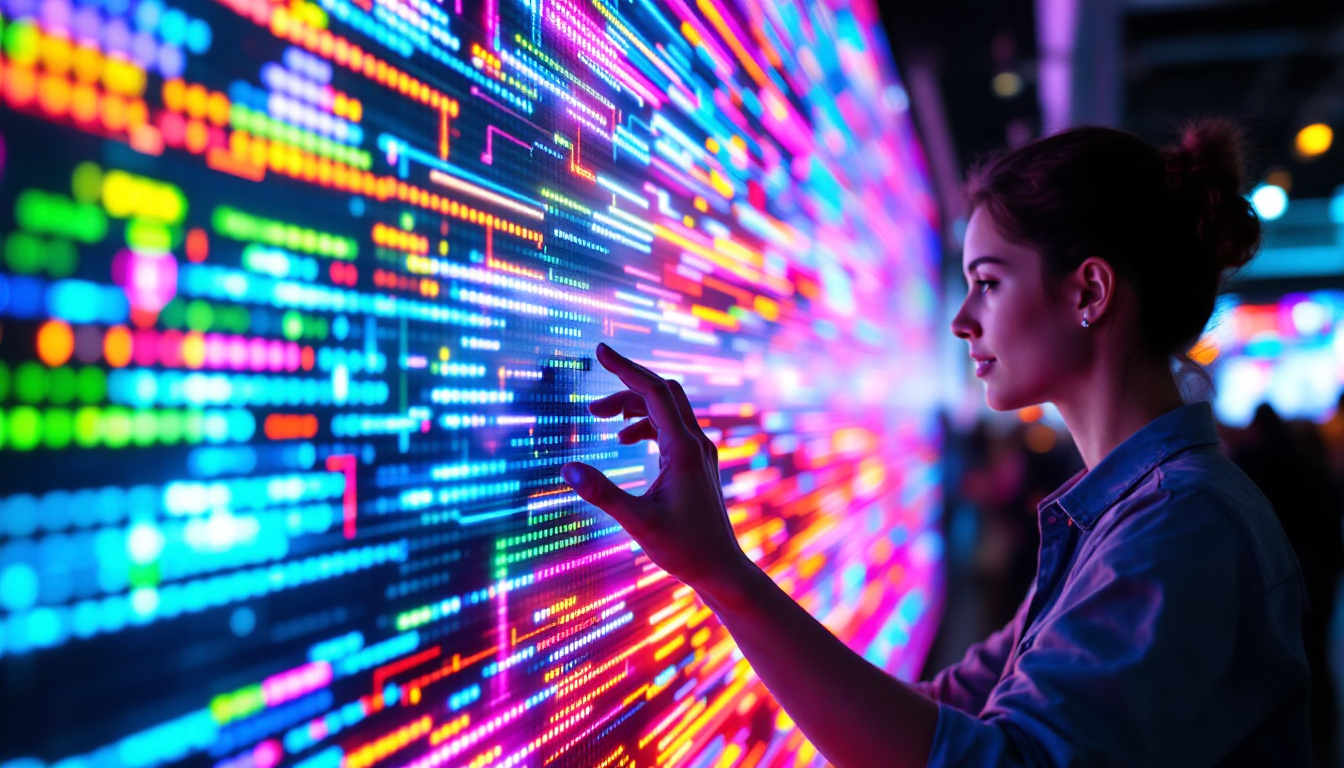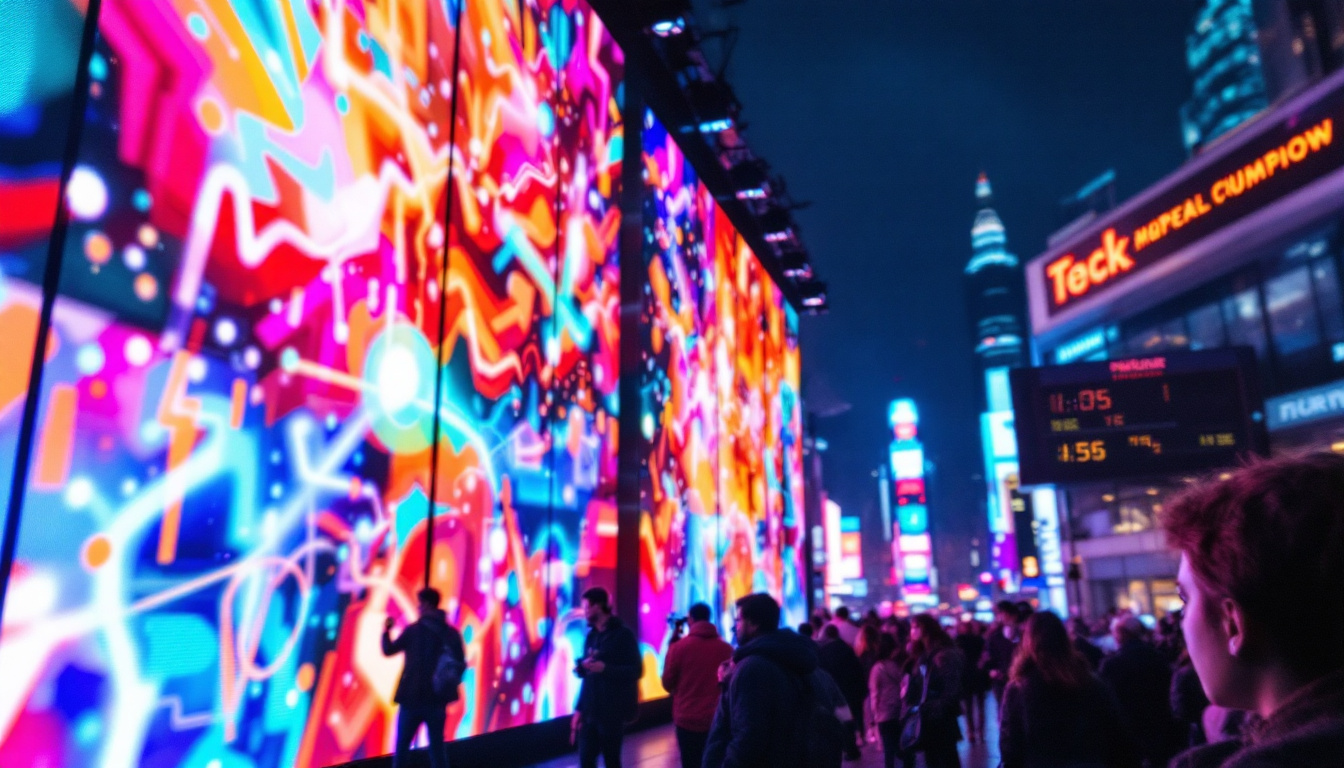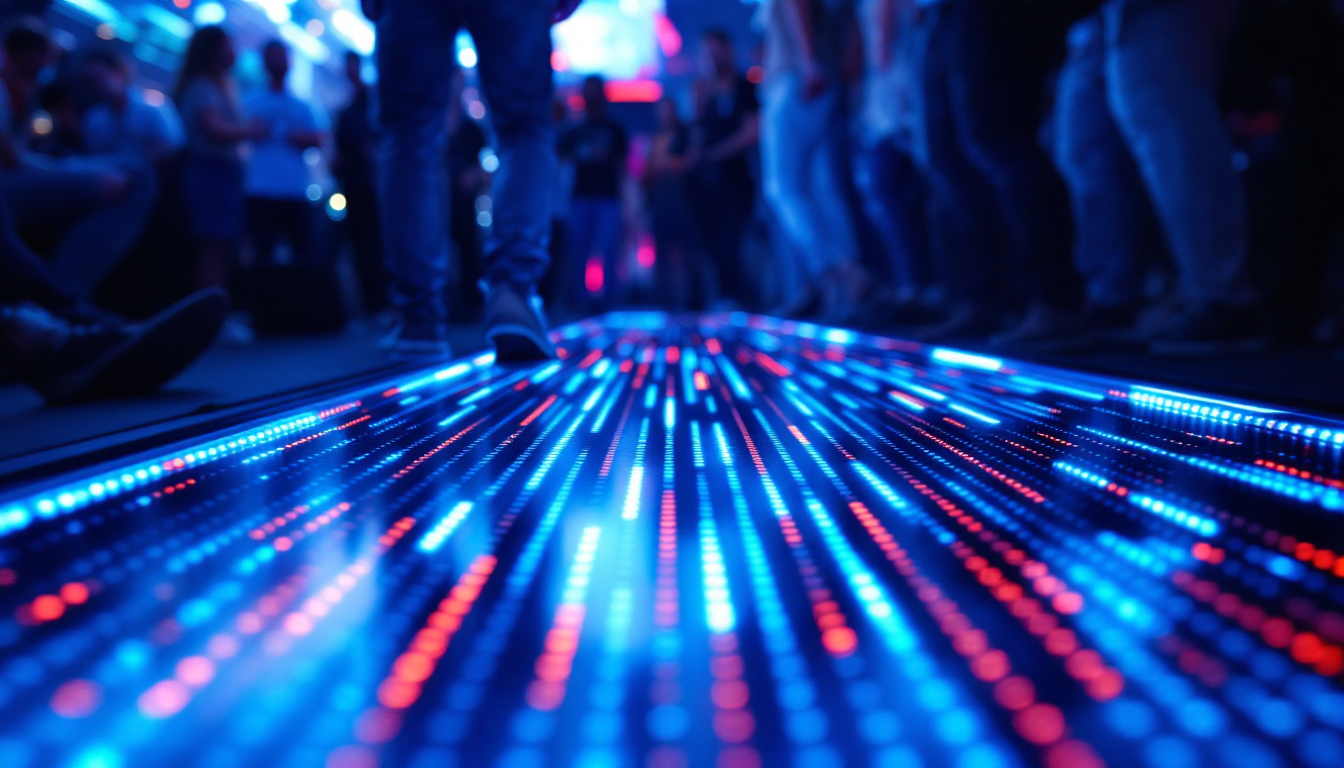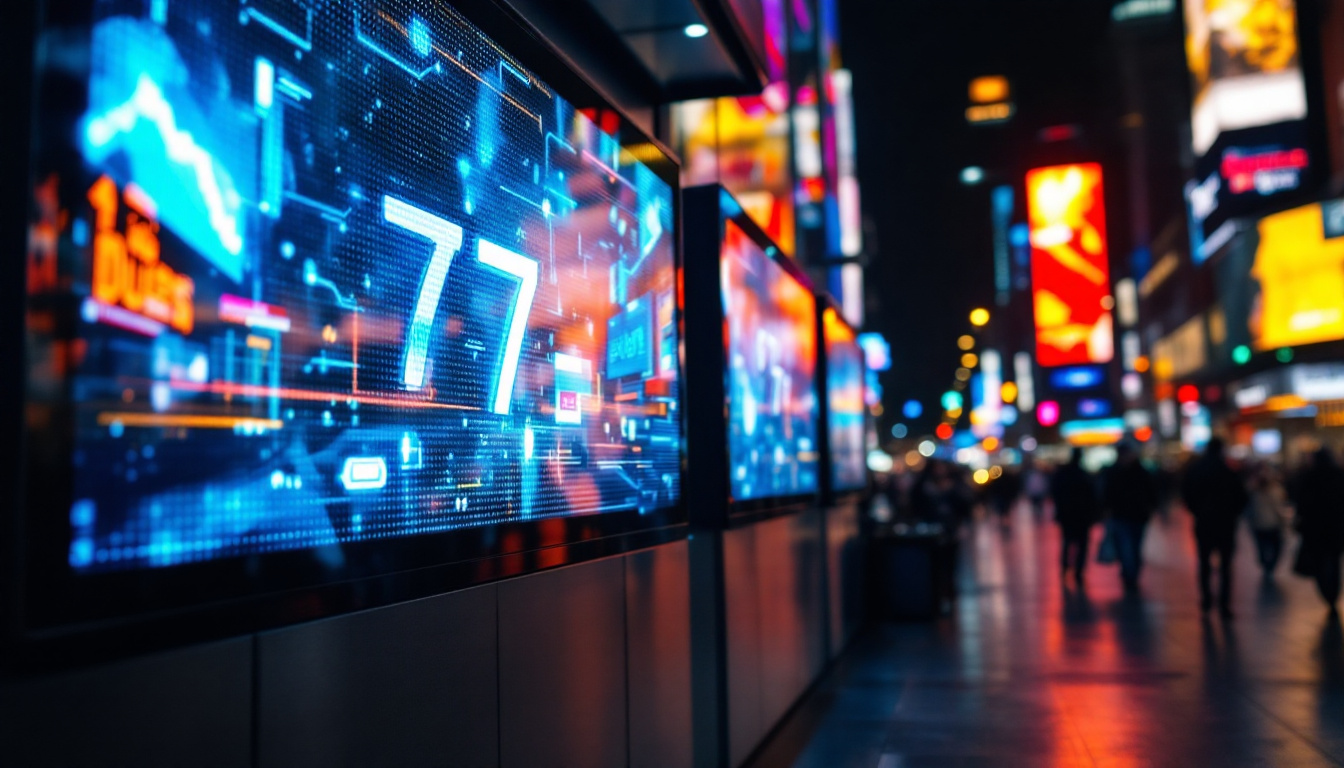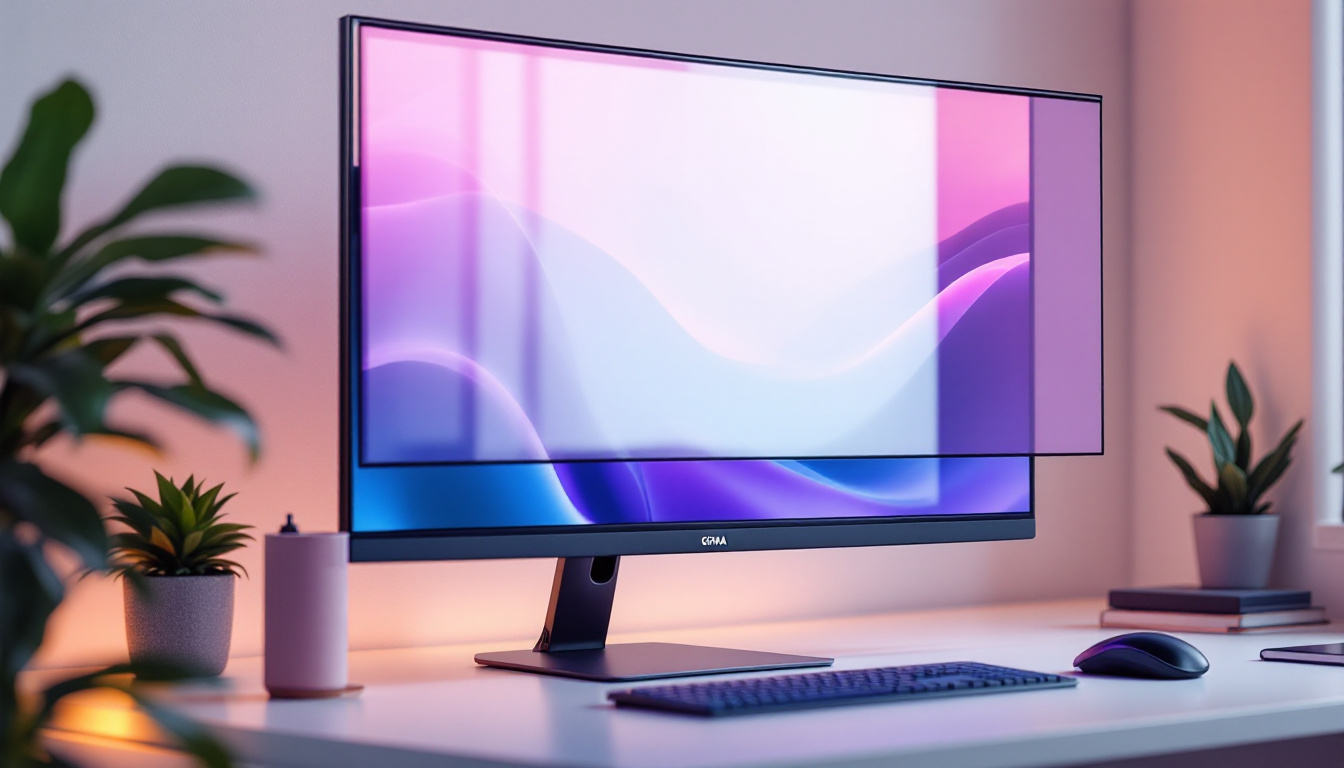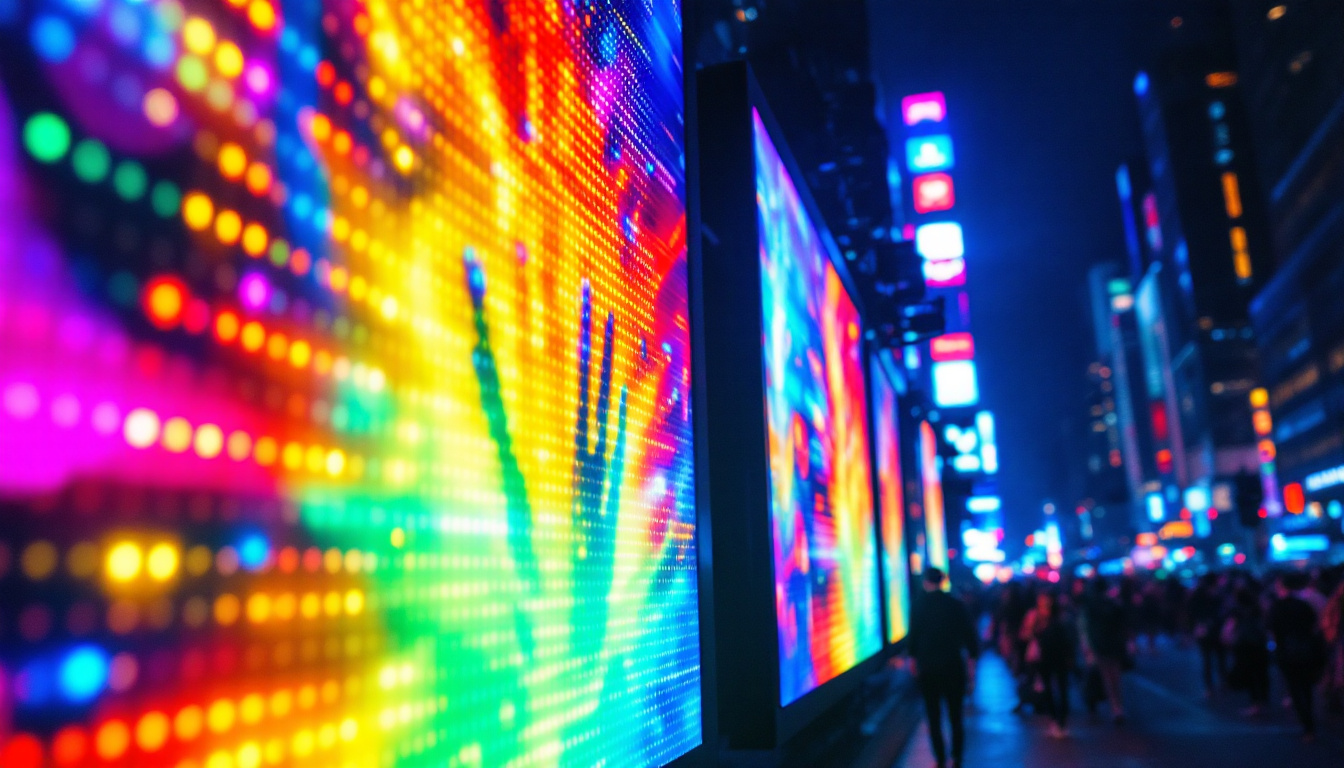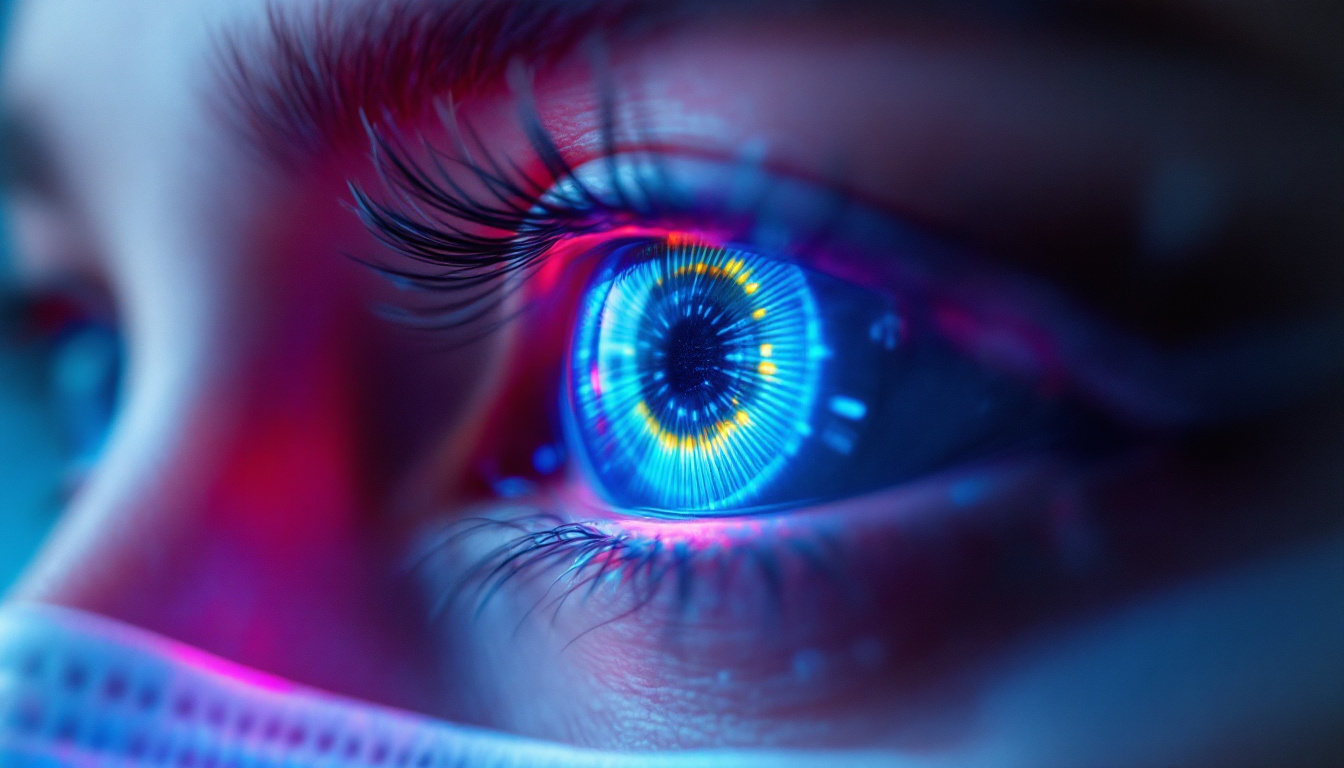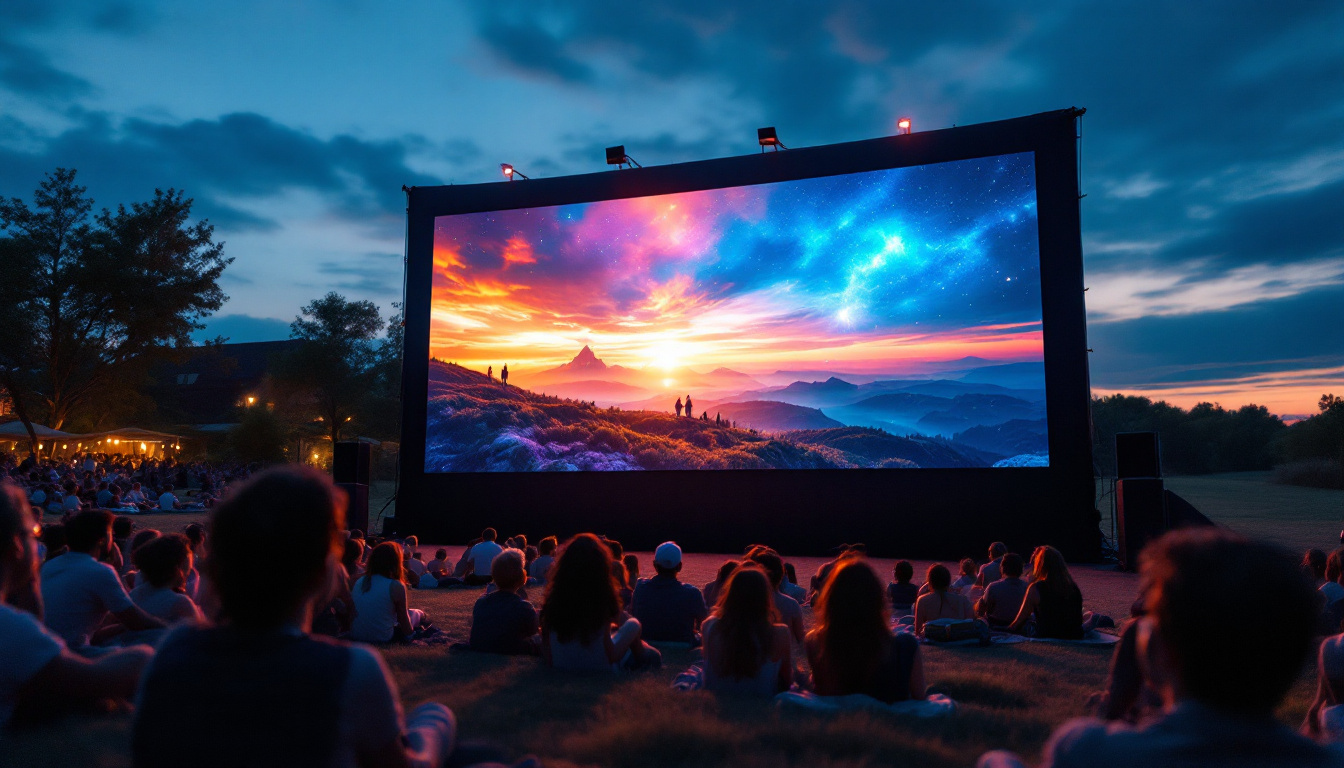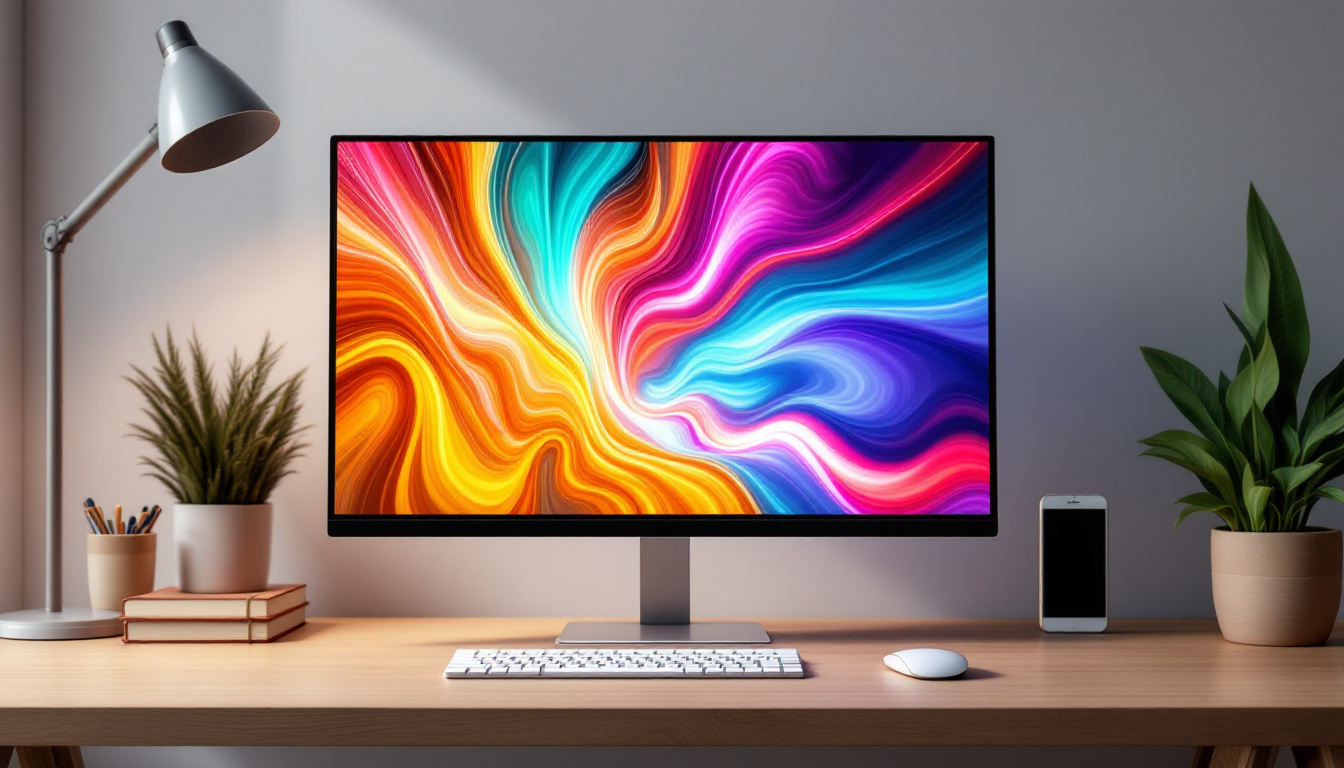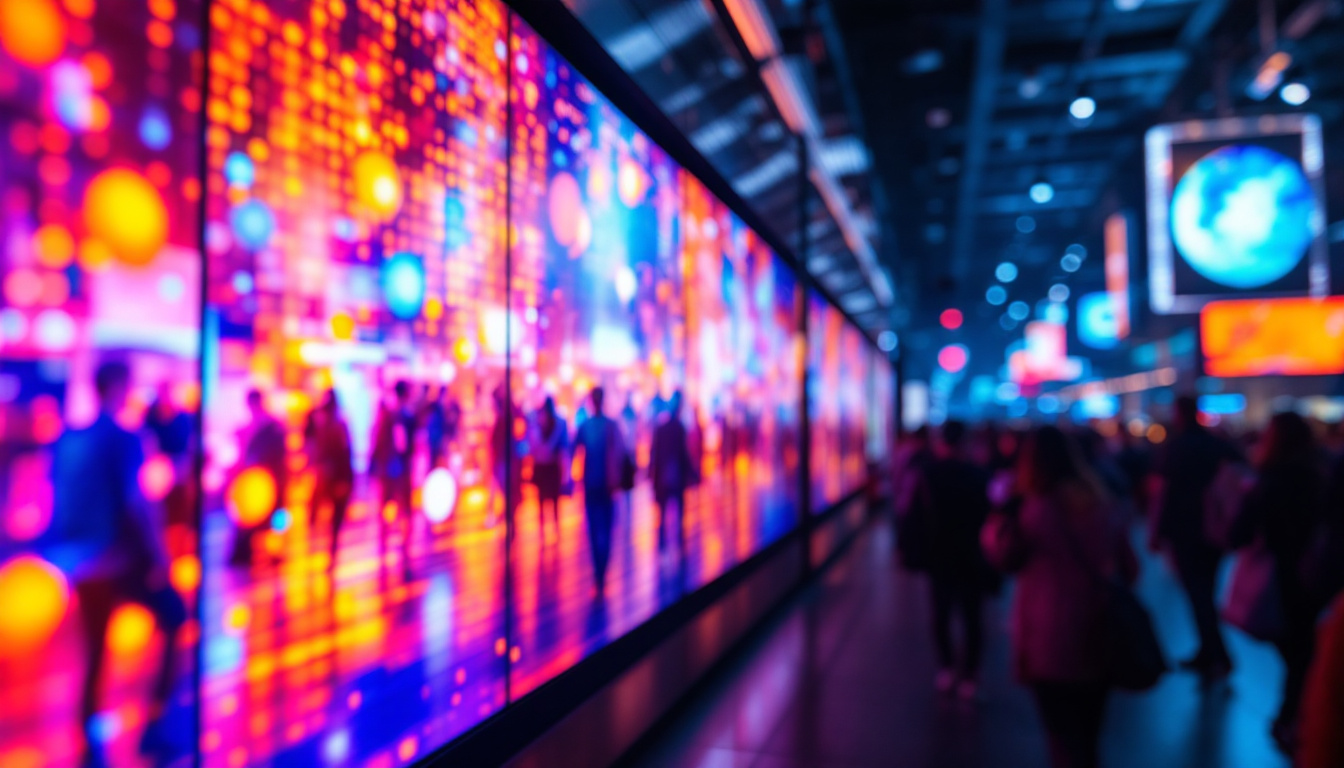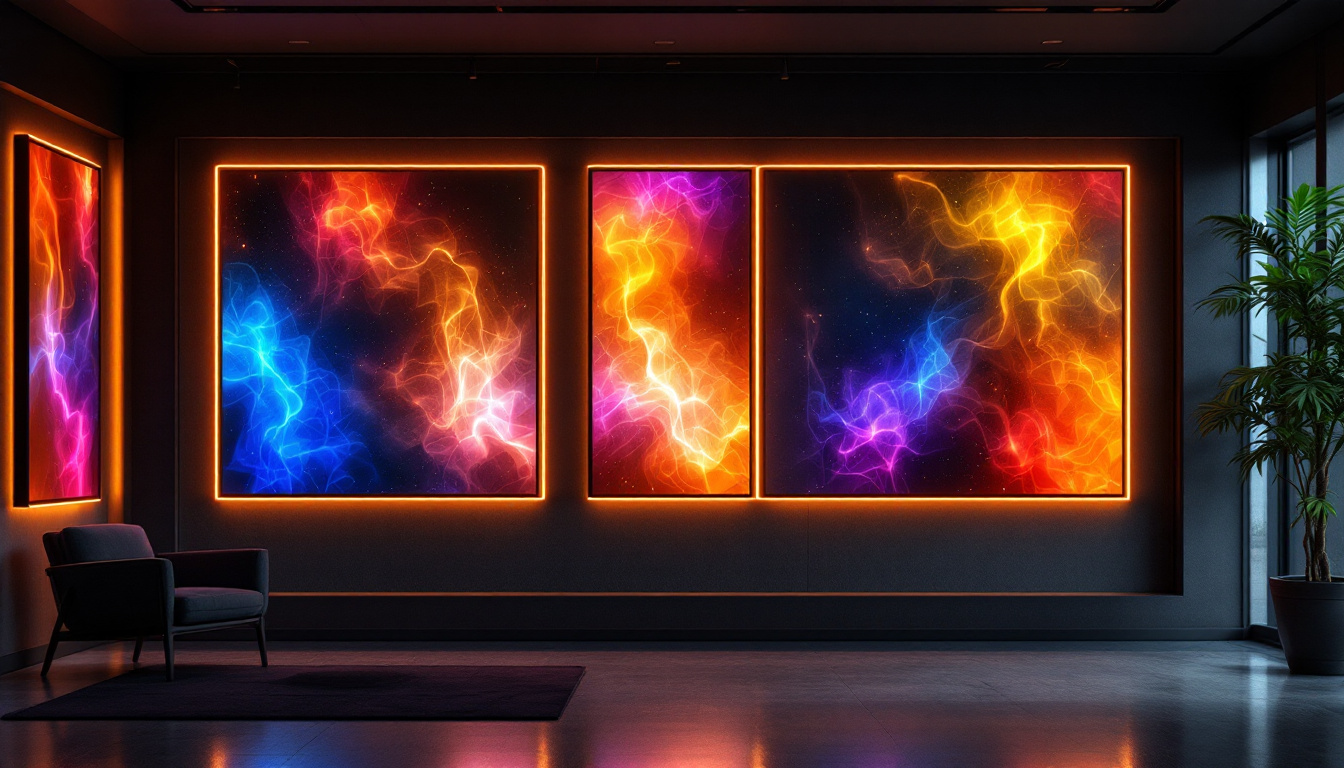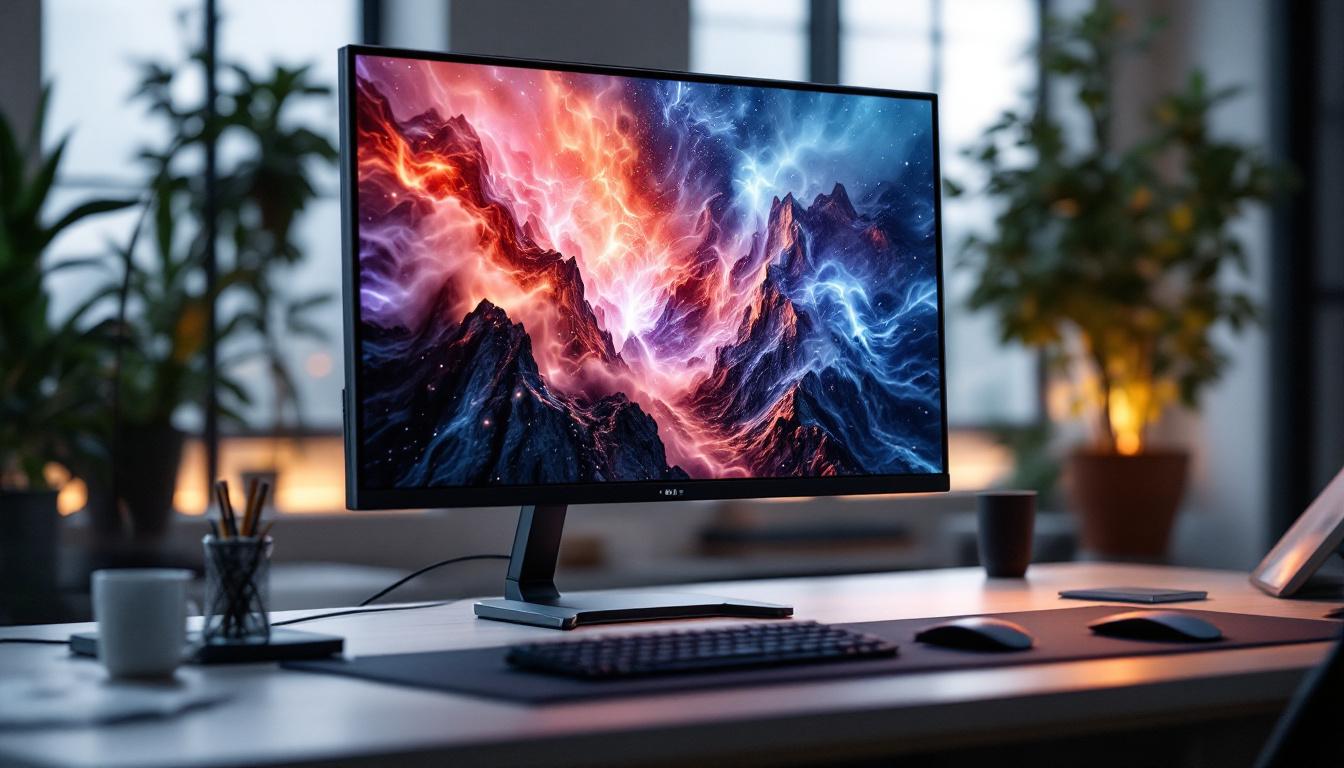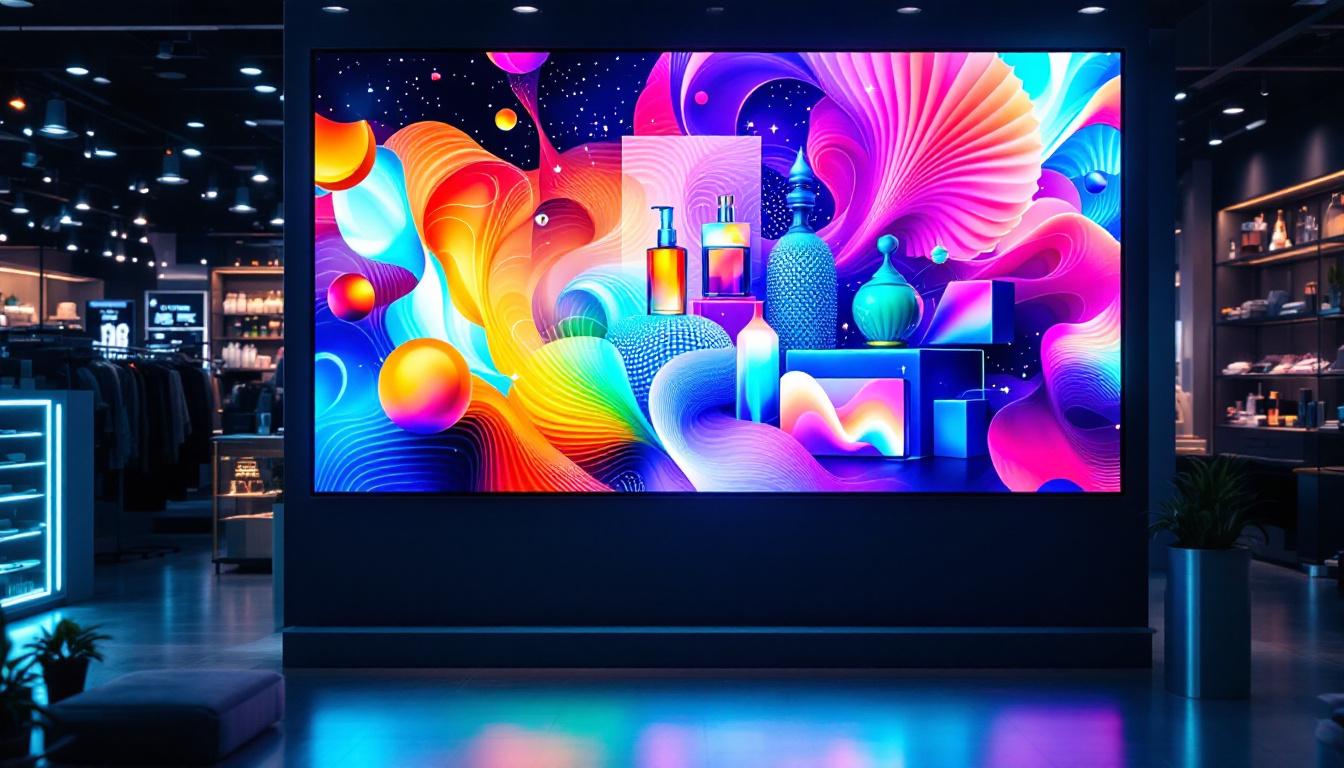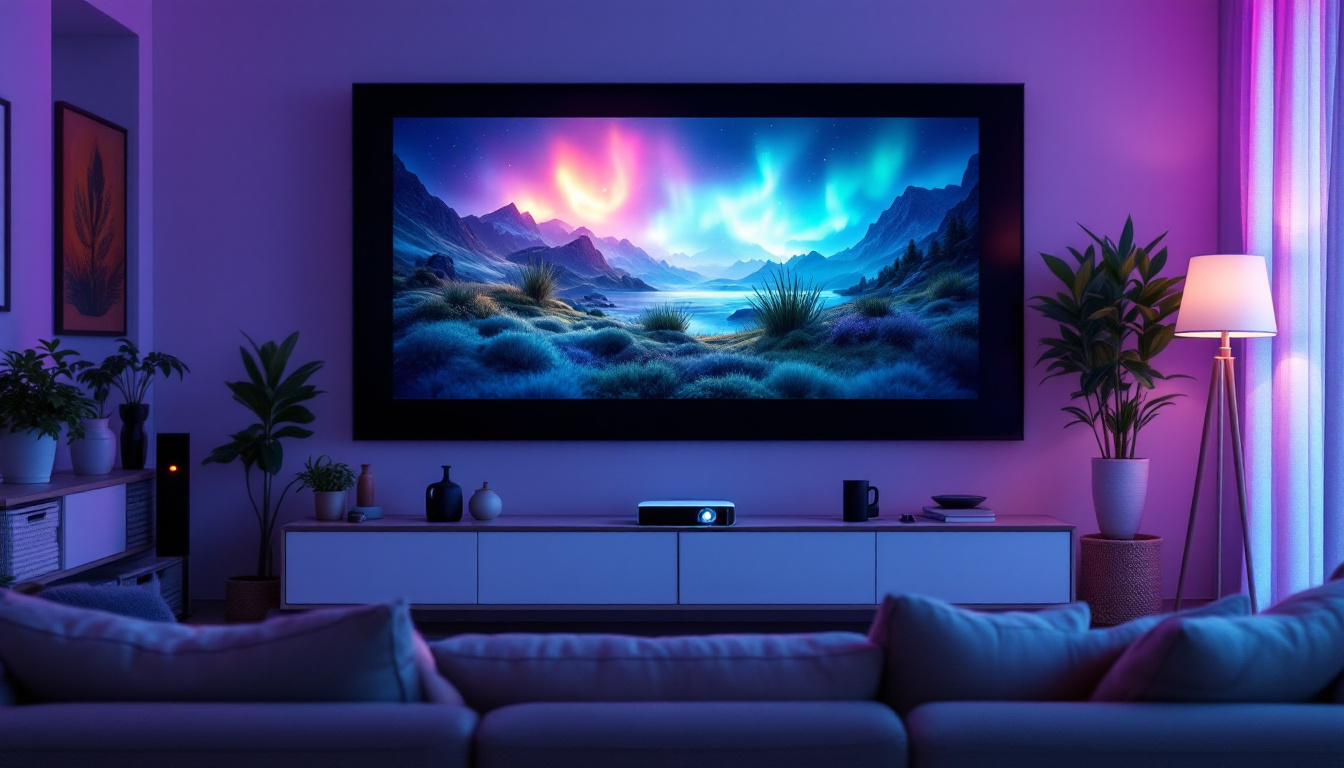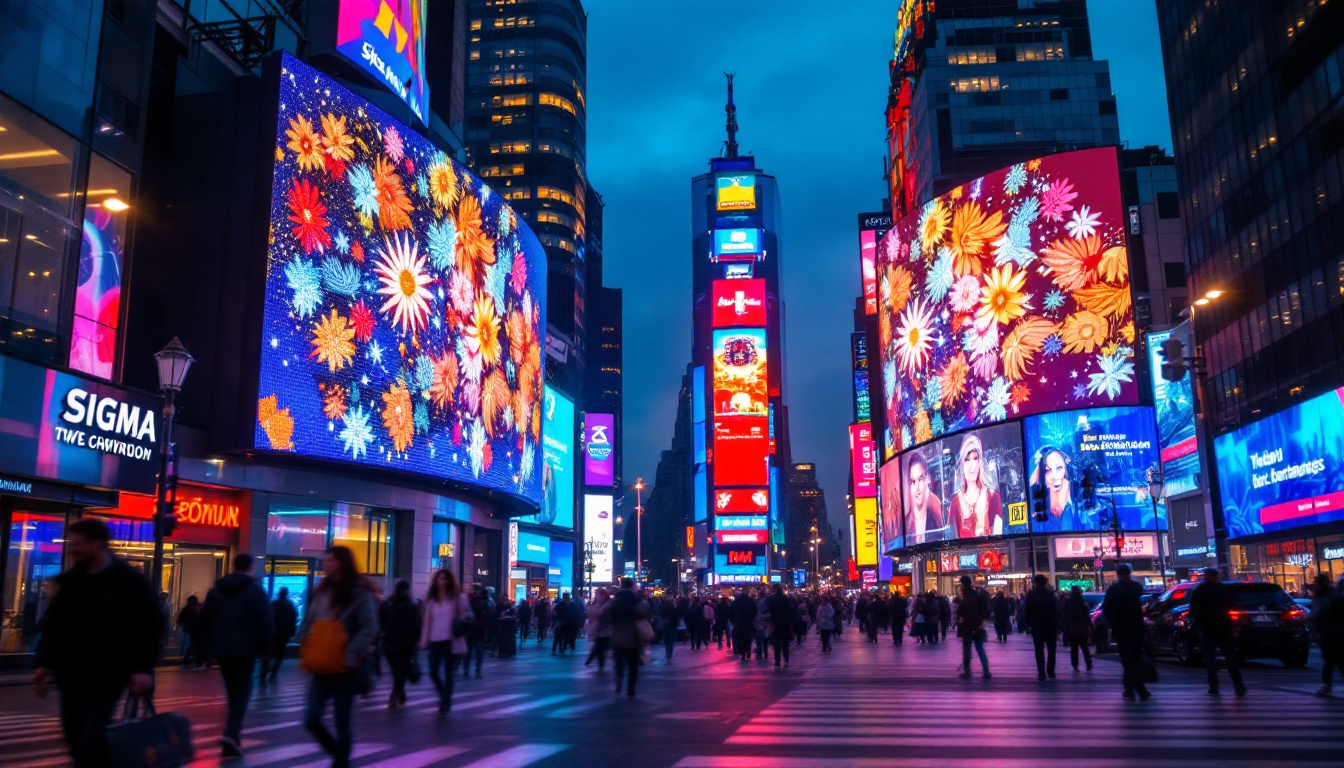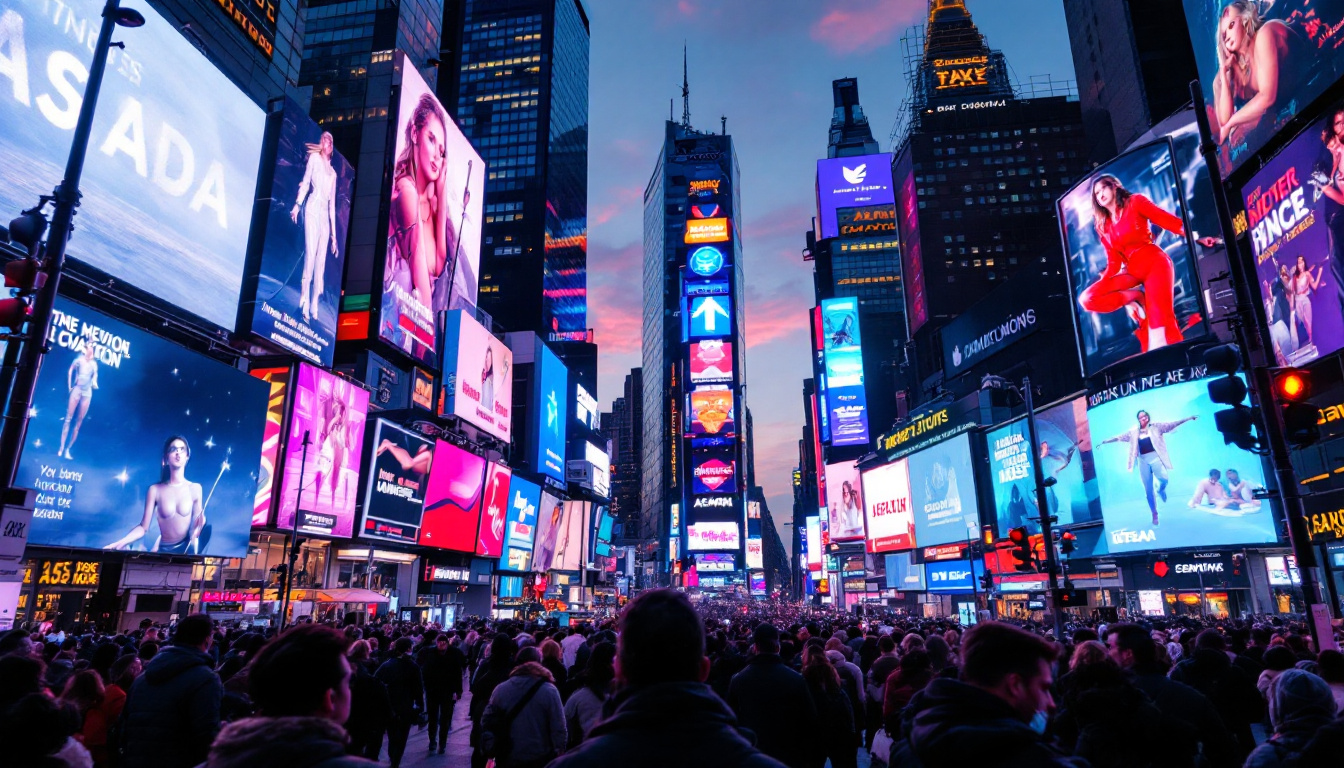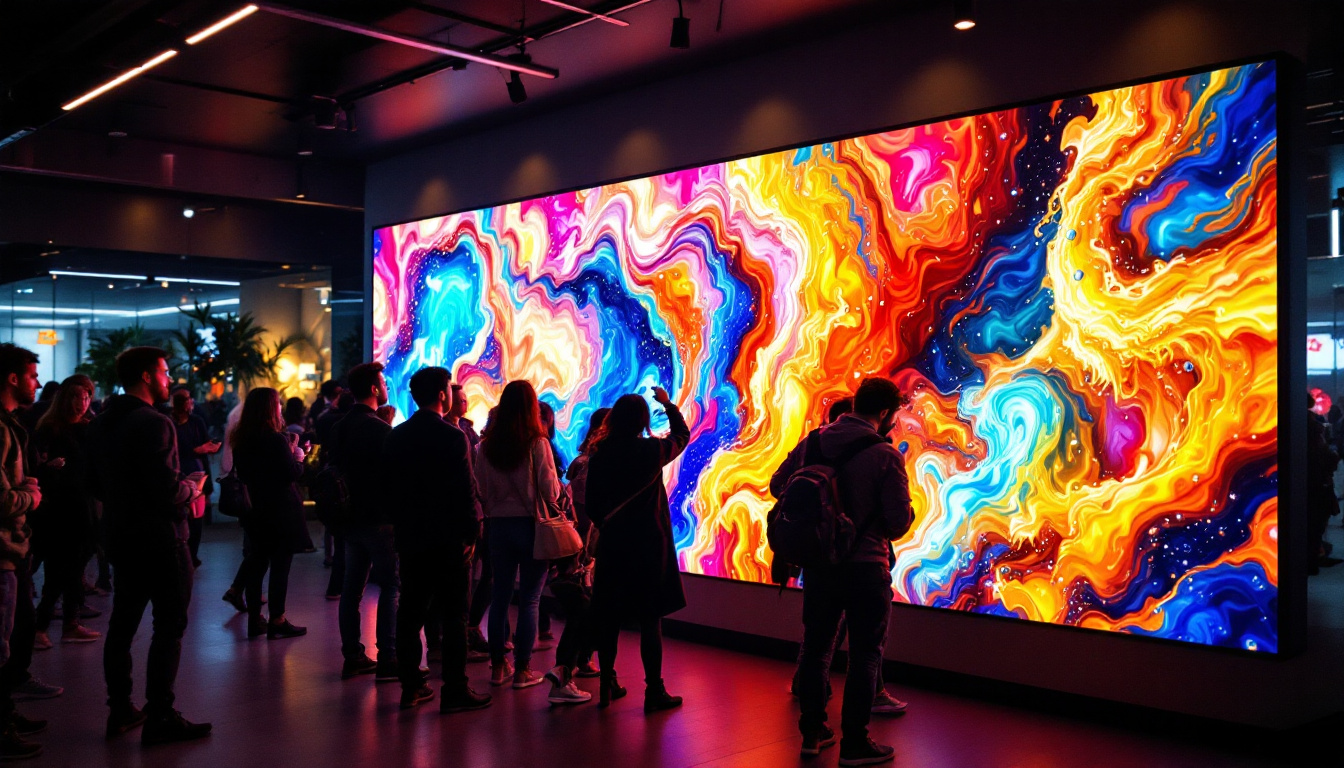In today’s fast-paced business environment, effective communication and dynamic presentation tools are essential for any organization. Rei’s HQ Satellite Office has embraced LED display technology to enhance its internal and external communications, offering a cutting-edge solution that combines clarity, flexibility, and visual impact. This article delves into the intricacies of LED displays, exploring their technology, benefits, and practical applications within the context of a modern satellite office setup.
Understanding LED Display Technology
What is an LED Display?
LED stands for Light Emitting Diode, a semiconductor device that emits light when an electric current passes through it. LED displays are composed of numerous tiny LEDs arranged in a matrix to form images, videos, or text. Unlike traditional LCD or plasma screens, LED displays provide superior brightness, contrast, and energy efficiency, making them ideal for both indoor and outdoor use.
At Rei’s HQ Satellite Office, LED displays are used to deliver vibrant, high-resolution content that can be viewed clearly from various angles and distances. This technology allows for seamless integration of multimedia content, ranging from corporate announcements to interactive presentations. The dynamic nature of LED displays also enables real-time updates, ensuring that all employees and visitors are kept informed and engaged with the latest information, fostering a more connected workplace.
Types of LED Displays
LED displays come in several forms, each suited to different environments and purposes. The most common types include:
- Indoor LED Displays: Designed for controlled lighting conditions, these displays offer high pixel density for sharp images and text, making them perfect for conference rooms and lobbies.
- Outdoor LED Displays: Built to withstand harsh weather and bright sunlight, these displays have higher brightness levels and rugged construction, ideal for external signage and large-scale advertising.
- Flexible and Transparent LED Displays: Innovative designs that allow for creative installations, such as curved screens or see-through panels, enhancing aesthetic appeal without sacrificing functionality.
Rei’s satellite office predominantly utilizes indoor LED displays to maintain a professional and engaging atmosphere, while also exploring flexible options for collaborative spaces. The integration of flexible LED technology not only opens up new possibilities for creative design but also allows for the customization of spaces to suit various events or activities. For instance, during brainstorming sessions, the ability to shape displays around furniture can enhance interaction and collaboration among team members, making the environment more conducive to innovative thinking.
Moreover, the advancements in LED technology have led to the development of smart displays that incorporate sensors and connectivity features. These displays can adjust their brightness based on ambient light conditions, ensuring optimal visibility while conserving energy. They can also be integrated with content management systems, allowing for easy scheduling and updating of content remotely. This level of versatility and intelligence makes LED displays not just a visual tool, but an essential component of modern communication strategies in any organization.
Benefits of LED Displays in a Satellite Office Environment
Enhanced Visual Communication
Clear and impactful communication is vital in a satellite office, where teams may be dispersed or working remotely. LED displays provide a dynamic platform for sharing real-time updates, project statuses, and corporate news. Their high brightness and contrast ensure that messages are easily readable, reducing misunderstandings and improving workflow efficiency.
For example, Rei’s satellite office uses LED displays in meeting rooms to showcase live data dashboards, enabling teams to make informed decisions quickly. This visual immediacy supports agile project management and fosters a culture of transparency. Furthermore, the ability to integrate multimedia content—such as videos, animations, and infographics—enhances engagement during presentations and meetings, making information retention easier for team members. By utilizing LED displays for storytelling and visual aids, Rei not only communicates effectively but also inspires creativity and collaboration among its workforce.
Energy Efficiency and Cost Savings
Compared to traditional display technologies, LED displays consume significantly less power while delivering superior brightness. This energy efficiency translates into lower operational costs, a crucial consideration for satellite offices aiming to optimize their budgets.
Moreover, LED displays have longer lifespans and require less maintenance, reducing downtime and replacement expenses. Rei’s commitment to sustainability is reflected in its choice of LED technology, aligning environmental responsibility with business objectives. The reduced energy consumption not only lowers utility bills but also contributes to a smaller carbon footprint, reinforcing Rei’s brand as an environmentally conscious organization. Additionally, many LED displays are now designed with eco-friendly materials and recyclable components, further enhancing their appeal for businesses looking to promote sustainable practices.
Flexibility and Customization
One of the standout advantages of LED displays is their adaptability. Content can be updated instantly, allowing Rei’s satellite office to tailor messaging according to audience, time of day, or specific events. Whether it’s displaying motivational quotes, safety reminders, or interactive training modules, LED screens offer unparalleled versatility.
Additionally, LED displays can be configured in various sizes and shapes, fitting seamlessly into different office layouts. This customization enhances the aesthetic appeal of the workspace while maximizing the utility of available space. The modular nature of LED technology also allows for creative installations, such as video walls that can transform a plain conference room into an immersive experience. By incorporating interactive features, such as touch screens or QR code integration, Rei can further engage employees and visitors, creating a more interactive and participatory office environment. This level of engagement not only improves communication but also fosters a sense of community and belonging among remote teams, bridging the gap between physical and virtual workspaces.
Practical Applications of LED Displays at Rei’s HQ Satellite Office
Corporate Communication and Branding
Maintaining a strong corporate identity across multiple locations can be challenging. LED displays serve as a powerful branding tool by consistently showcasing company logos, mission statements, and promotional videos. At Rei’s satellite office, these displays reinforce brand values and create a cohesive experience for employees and visitors alike.
Furthermore, LED screens are used during corporate events and presentations to deliver polished, professional visuals that captivate audiences and enhance message retention.
Collaboration and Interactive Meetings
Modern offices thrive on collaboration, and LED displays facilitate this by acting as interactive hubs. Equipped with touch capabilities or connected to collaboration software, these displays enable teams to brainstorm, annotate, and share ideas in real time.
Rei’s satellite office has integrated LED displays into its conference rooms, allowing remote participants to engage seamlessly with on-site teams. This integration supports hybrid work models and ensures that distance does not hinder productivity or creativity.
Employee Engagement and Wellness
Beyond operational uses, LED displays contribute to employee well-being by promoting a positive work environment. They can be programmed to display wellness tips, celebrate employee achievements, or provide real-time updates on office amenities such as cafeteria menus or fitness class schedules.
Such initiatives foster a sense of community and encourage healthy habits, which are essential for maintaining morale and reducing burnout in satellite office settings.
Key Considerations for Implementing LED Displays
Choosing the Right Specifications
Selecting the appropriate LED display requires careful consideration of factors such as resolution, pixel pitch, brightness, and size. Pixel pitch—the distance between individual LEDs—directly affects image clarity; smaller pitches yield sharper images but come at a higher cost.
Rei’s technology team conducted thorough assessments to balance quality and budget, opting for displays with pixel pitches optimized for typical viewing distances in the office. This ensures content is crisp without unnecessary expenditure.
Integration with Existing Systems
Successful deployment of LED displays depends on seamless integration with existing IT infrastructure. Compatibility with content management systems, network security protocols, and remote control capabilities are critical to maximizing functionality.
Rei’s satellite office collaborated closely with technology vendors to ensure that LED displays could be managed centrally, allowing for timely updates and consistent content delivery across multiple screens.
Maintenance and Support
While LED displays are durable, routine maintenance is essential to preserve performance. This includes cleaning, software updates, and periodic hardware checks. Establishing a support plan minimizes downtime and extends the lifespan of the investment.
Rei’s approach involves training in-house staff for basic troubleshooting, complemented by vendor support for advanced issues, ensuring operational continuity.
The Future of LED Displays in Corporate Environments
Emerging Technologies and Trends
The LED display industry continues to evolve rapidly, with innovations such as microLED technology promising even higher resolution and energy efficiency. Additionally, advancements in AI-driven content personalization are enabling more targeted and engaging communication strategies.
Rei’s satellite office stays abreast of these trends, exploring opportunities to incorporate augmented reality (AR) overlays and interactive features that further enhance user experience and collaboration.
Environmental Impact and Sustainability
As sustainability becomes a corporate priority, LED displays offer a greener alternative to traditional signage and print media. Their recyclability and lower energy consumption contribute to reducing the overall carbon footprint of office operations.
Rei’s commitment to sustainability is reflected in its choice of LED technology, which aligns with broader corporate social responsibility goals and supports a healthier planet.
Conclusion
LED displays have transformed the way Rei’s HQ Satellite Office communicates, collaborates, and engages with its workforce. By leveraging the technology’s brightness, flexibility, and efficiency, the office creates an environment that supports productivity and innovation.
Understanding the technical aspects, benefits, and practical applications of LED displays is essential for organizations looking to modernize their communication infrastructure. With careful planning and integration, LED technology can become a cornerstone of effective corporate communication in any satellite office setting.
Discover LumenMatrix LED Display Solutions
Ready to elevate your corporate communication and create a workspace that inspires innovation and productivity? Explore LumenMatrix’s comprehensive range of LED display solutions, designed to meet the diverse needs of modern businesses. From Indoor and Outdoor LED Wall Displays to Custom and Transparent LED options, LumenMatrix is at the forefront of transforming environments with captivating visual experiences. Check out LumenMatrix LED Display Solutions today and see how we can help you communicate with impact and clarity.

